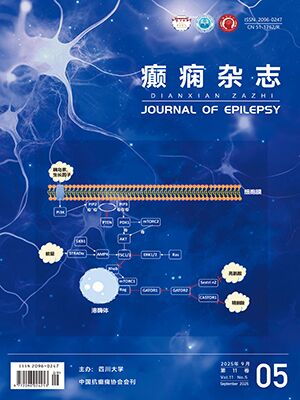| 1. |
Lawn N, Londono A, Sawrie S, et al.Occipitoparietal epilepsy, hippocampal atrophy, and congenital developmental abnormalities. Epilepsia, 2000, 41(6):1546-1553.
|
| 2. |
Lee YJ, Kim EH, Yum MS, et al. Long-term outcomes of hemispheric disconnection in pediatric patients with intractable epilepsy. J Clin Neurol, 2014, 10(2):101-107.
|
| 3. |
孙吉林, 赵文清, 田中雨, 等.脑软化灶FLAIR高信号与癫痫灶关系初探.中国临床医学影像杂志, 2009, 20(10):733-735.
|
| 4. |
Wyllie E, Lachhwani DK, Gupta A, et al. Successful surgery for epilepsy due to early brain lesions despite generalized EEG findings. Neurology, 2007, 69(4):389-397.
|
| 5. |
赵明, 梁树立, 李安民, 等.局限性非外伤性脑软化灶相关癫痫的手术治疗.中华神经外科杂志, 2010, 26(6):500-502.
|
| 6. |
刘琨, 王国栋, 张静华, 等. PET辅助定位脑软化灶伴发难治性癫痫的伽玛刀治疗中华神经医学杂志, 2007, 6(12):1260-1264.
|
| 7. |
王超, 刘窗溪, 熊云彪, 等.皮层脑电图监测下多种术式联合治疗脑软化灶所致的继发性癫痫.山东医药, 2009, 49(26):19-20.
|
| 8. |
Bennett-Back O, Ochi A, Widjaja E, et al. Magnetoencephalo-graphy helps delineate the extent of the epileptogenic zone for surgical planning in children with intractable epilepsy due to porencephaliccyst/encephalomalacia. J Neurosurg Pediatr, 2014, 14(3):271-278.
|




